For Someone Who is Trying to Gain Weight
Safe Ways to Gain Weight

First, Make Sure You're Underweight
1/14
Your body mass index (BMI) is a measure of your body fat. It uses your weight, height, and age to give you a healthy range. In general, if your BMI is less than 18.5, you're underweight. Talk with your doctor about what your weight should be and how you can safely reach your goals.

Eat More Often
2/14
If you eat five or six smaller meals a day instead of three big ones, you may be able to get more calories in, and that can help you gain weight. This is especially true if you don't have much of an appetite or you get full quickly, which can lead to your being underweight.

Drink Your Calories
3/14
Instead of beverages like diet sodas, coffee, and tea, reach for milk, juice, or a smoothie with full-fat dairy and fresh fruit or vegetables. They'll give you calories and nutrition those other drinks don't have.
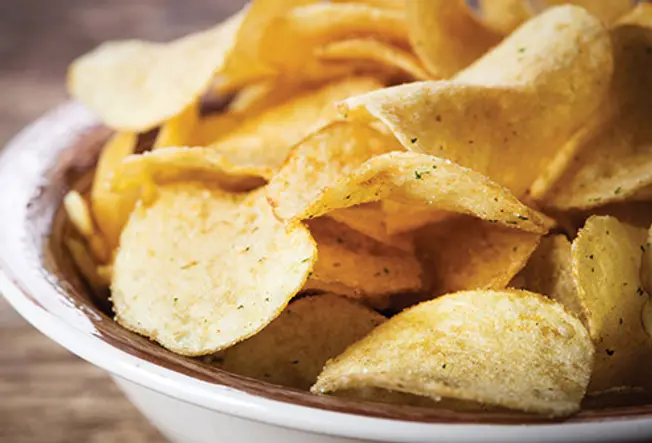
Stay Away From Junk Food
4/14
Too many "empty" calories with added salt, sugar, and unhealthy fats can be bad for you, no matter what you weigh. Nutritious foods like fruit, dairy, meat, beans, and certain vegetables can help you gain weight in a more healthy way.
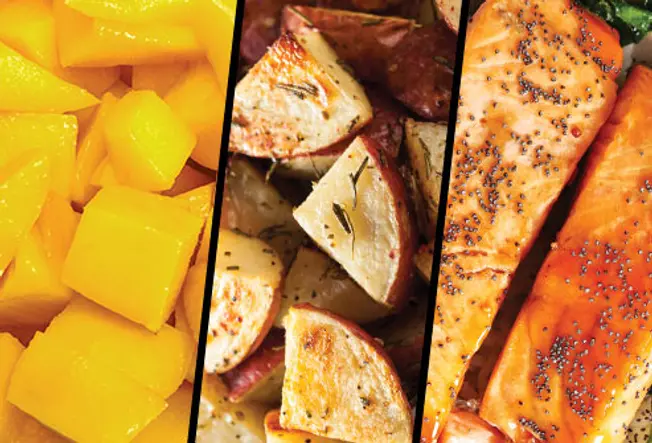
Choose the Right Healthy Foods
5/14
Not all fruits and vegetables are low in calories. Take dense fruits like mangoes or avocadoes, for example, or starchy vegetables like potatoes and corn. And fatty fish, like salmon, is a great way to get healthy protein into your diet.

Top Your Soups
6/14
Think bacon bits, sour cream, yogurt, cheese, and even powdered milk: They can add calories as well as flavor. Not only will you get more per bite, you might like it so much that you eat more, too.
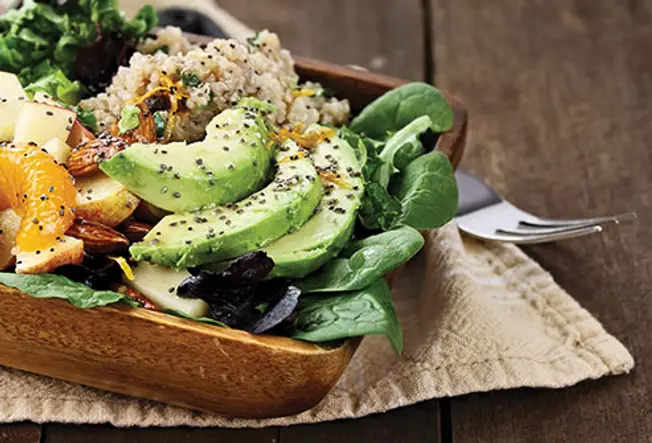
Dress Up Your Salads
7/14
Don't drop nutrition-rich foods like salads from the menu just because you think they're low in calories. You can pump them up with healthy fats like olive oil and add-ons like avocado, cheese, nuts, and seeds. Or try fruit like apples, pears, and berries for a little zip.
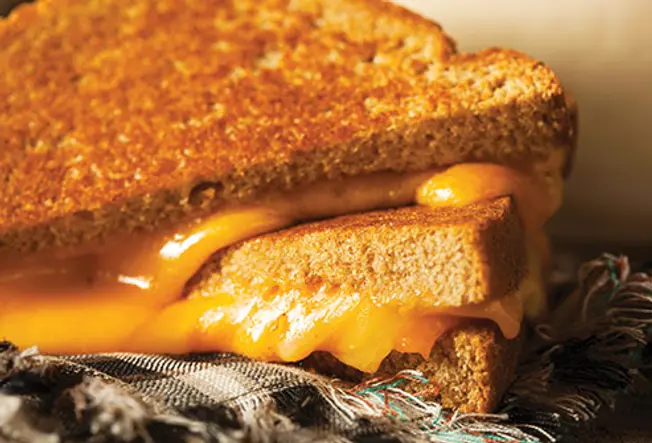
Be Cheesy
8/14
It's rich in calories, has vitamins and nutrients your body needs, and is good on burgers, sandwiches, potatoes, eggs, casseroles, and lots of other things. Just watch the saturated fat, which can add up and cause health problems if you have too much.
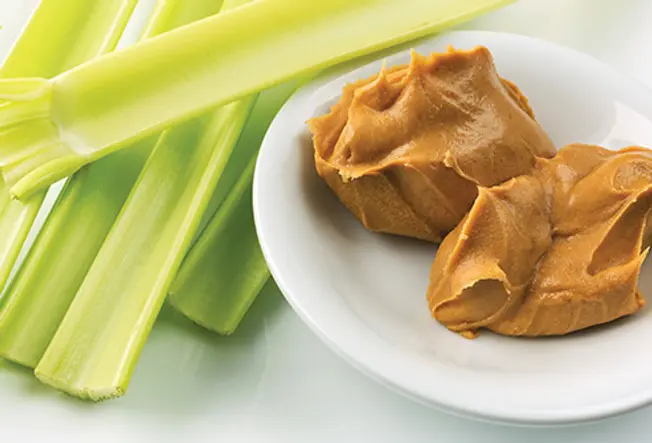
Go Nuts With Snacks
9/14
Nuts, peanut butter, almond butter, and other nut butters are a great way to pack in nutritious calories. If you like carrot sticks and celery stalks, dip them in a nut butter or cream cheese first. Dried fruit and seeds also make good calorie-rich snacks.

Keep Track
10/14
Old habits are hard to shake, and it can be tough to remember everything you eat from day to day. A food journal can show you areas you might need to work on and help your dietitian make sure you're getting the right nutrients.

Drink at the Right Time
11/14
If you have something to drink right before a meal, you might be less hungry. It may be better to sip on something high in calories while you eat or wait 30 minutes afterward to have a beverage. Try different approaches, and keep track of them in your food journal.

Exercise to Build Muscle
12/14
This includes yoga, push-ups, pull-ups, weight training, and other activities that can help you add weight. They do burn calories, but that can make you hungrier so you eat more. Talk to your doctor about the best way to exercise for weight gain, especially if you have health conditions that make it hard for you.

Indulge Once in a While
13/14
They lack nutrition, but pies, cakes, and cookies can add extra calories. Just don't overdo it. And remember that you can satisfy a sweet tooth with some foods that have nutrients and calories, too. Yogurt, fruit, and granola are good choices.

Know Your Fats
14/14
It's a great source of calories, but not all fat is created equal. Look for "good" polyunsaturated and monounsaturated fats, like the ones in trout, salmon, avocados, walnuts, and olive, safflower, and canola oils. Stay away from trans fat. It's bad for your heart.
IMAGES PROVIDED BY: 1) Evan Oto / Science Source 2) (Clockwise, from top left) Merinka / Thinkstock, baibaz / Thinkstock, istetiana / Thinkstock, Ingram Publishing / Thinkstock, VeranikaSmirnaya / Thinkstock, moodboard / Thinkstock 3) HABAKUKKOLO / Thinkstock 4) Pavlo_K / Thinkstock 5) EzumeImages / Thinkstock 6) StephanieFrey / Thinkstock 7) bhofack2 / Thinkstock 8) LeoPatrizi / Getty Images 9) warrengoldswain / Thinkstock 10) (Left to right) camaralenta / Thinkstock, bhofack2 / Thinkstock, margouillatphotos / Thinkstock 11) BWFolsom / Thinkstock 12) g-stockstudio / Thinkstock 13) Farknot_Architect / Thinkstock 14) MarianVejcik / Thinkstock SOURCES: Academy of Nutrition and Dietetics: "Healthy Weight Gain." CDC: "Body Mass Index (BMI)," "Improving Your Eating Habits." Food and Nutrition Research: "Milk and dairy products: good or bad for human health? An assessment of the totality of scientific evidence." International Journal on Obesity: "Effects of food form on appetite and energy intake in lean and obese young adults." Familydoctor.org: "Healthy Ways to Gain Weight If You're Underweight." Mayo Clinic: "What's a good way to gain weight if you're underweight?" Show Sources
Source: https://www.webmd.com/diet/ss/slideshow-safe-weight-gain